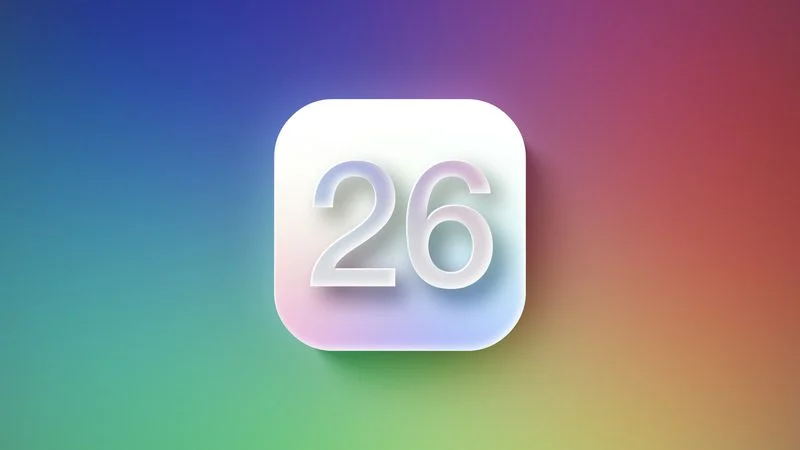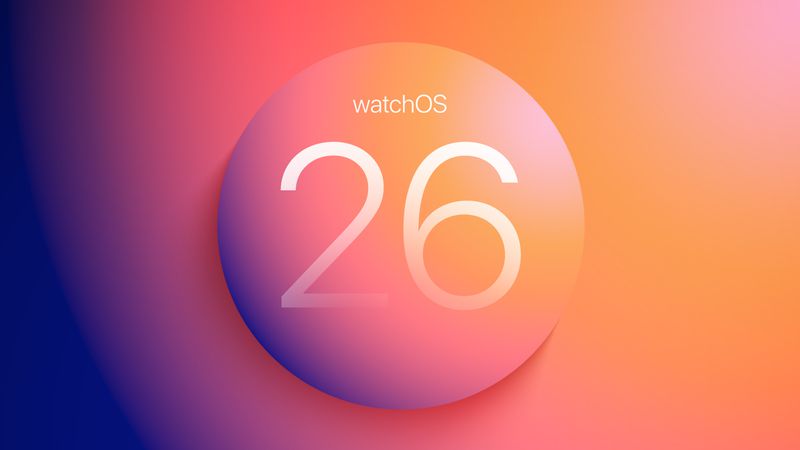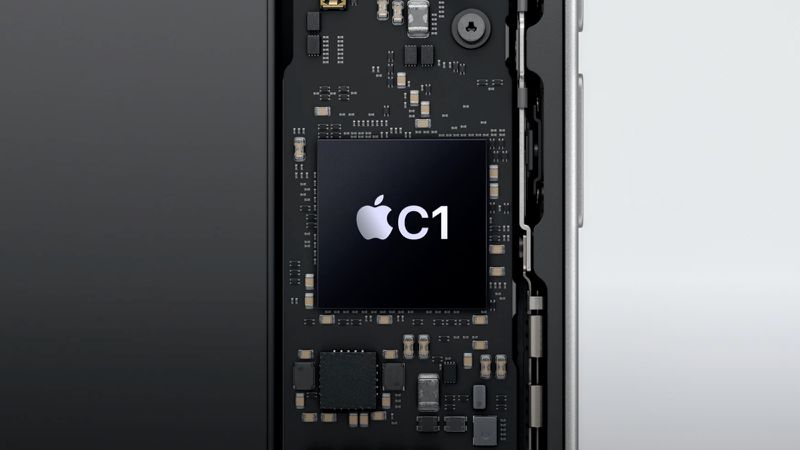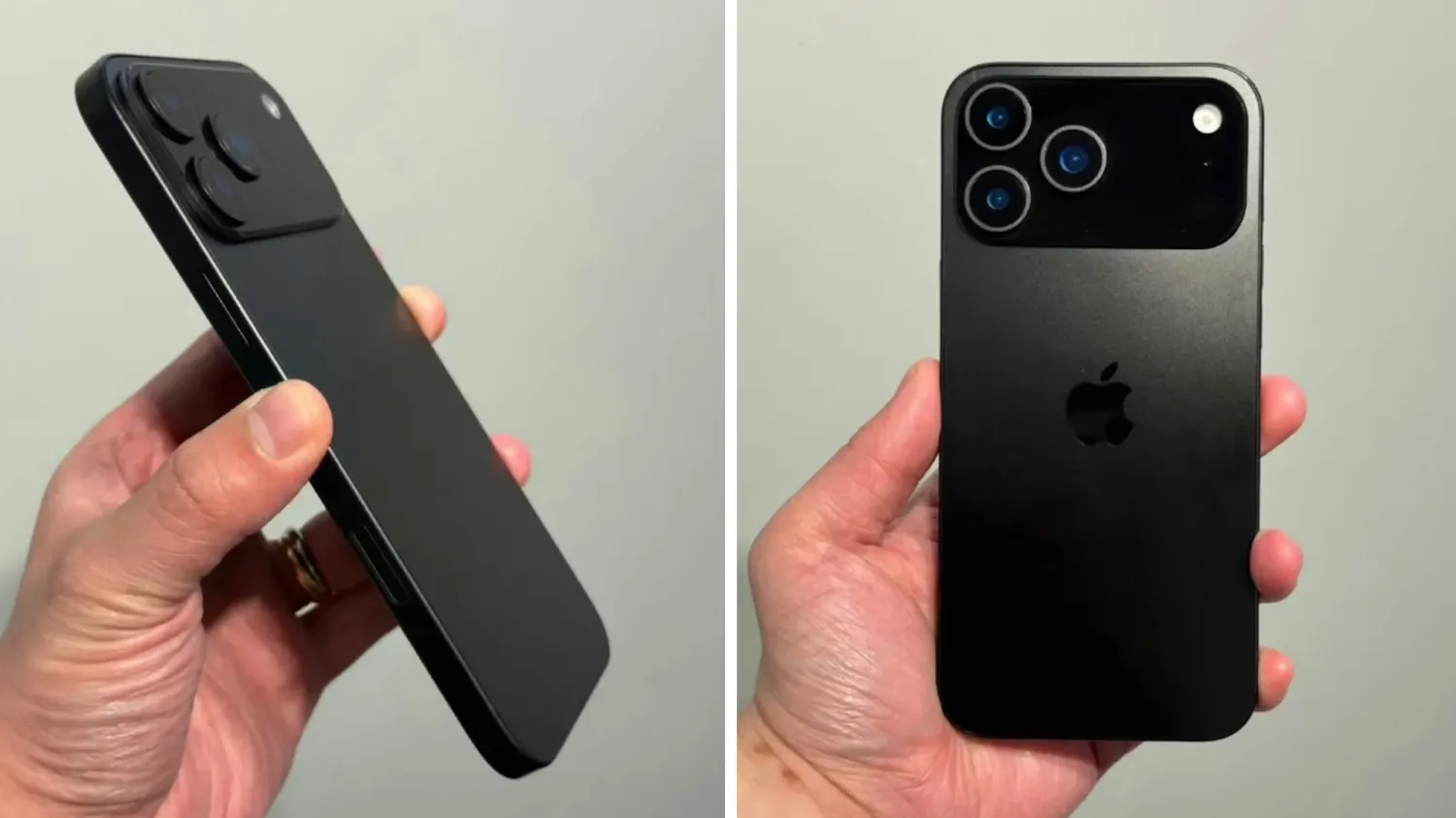Apple has some exciting iOS 26 features in the works that weren’t revealed at WWDC, according to Bloomberg’s Mark Gurman. These additions, expected in future updates, aim to make your iPhone and AirPods experience even better. Here’s what’s coming.
First, Apple is working on live translation through AirPods. This feature would let you talk with someone in another language and hear the translation in real time through your AirPods. It’s similar to other translation tools in iOS 26, making conversations across languages smoother and more natural.
Second, Apple plans to simplify connecting to public Wi-Fi networks, like those at cafes or hotels. With this feature, once you log into a Wi-Fi network on one Apple device, all your other Apple devices will automatically connect without needing to sign in again. This saves time and makes using public Wi-Fi much easier across your iPhone, iPad, and Mac.
Gurman notes that Apple held off announcing these features at WWDC because they aren’t fully ready yet. Unlike in the past, Apple now prefers to share details only when features are nearly complete, ensuring they work well when released.
These updates could arrive in i подготовки к WWDC 2025. In terms of file size, the first macOS 26 developer beta will be just over 17 GB, while the September 2025 final release variant is expected to be around 2GB larger, at more than 19 GB.
While macOS 26 is set to deliver plenty of new features, the difference in file size suggests some of them won’t be available at launch. The operating system itself won’t be available for all Macs, either. As we previously reported, macOS 26 is set to drop support for the 2017 iMac Pro, 2018 Mac mini, and all 2018 MacBook Pro models, among others. Separately, AppleInsider is also able to confirm that the operating system’s successor is in the early stages of development.






